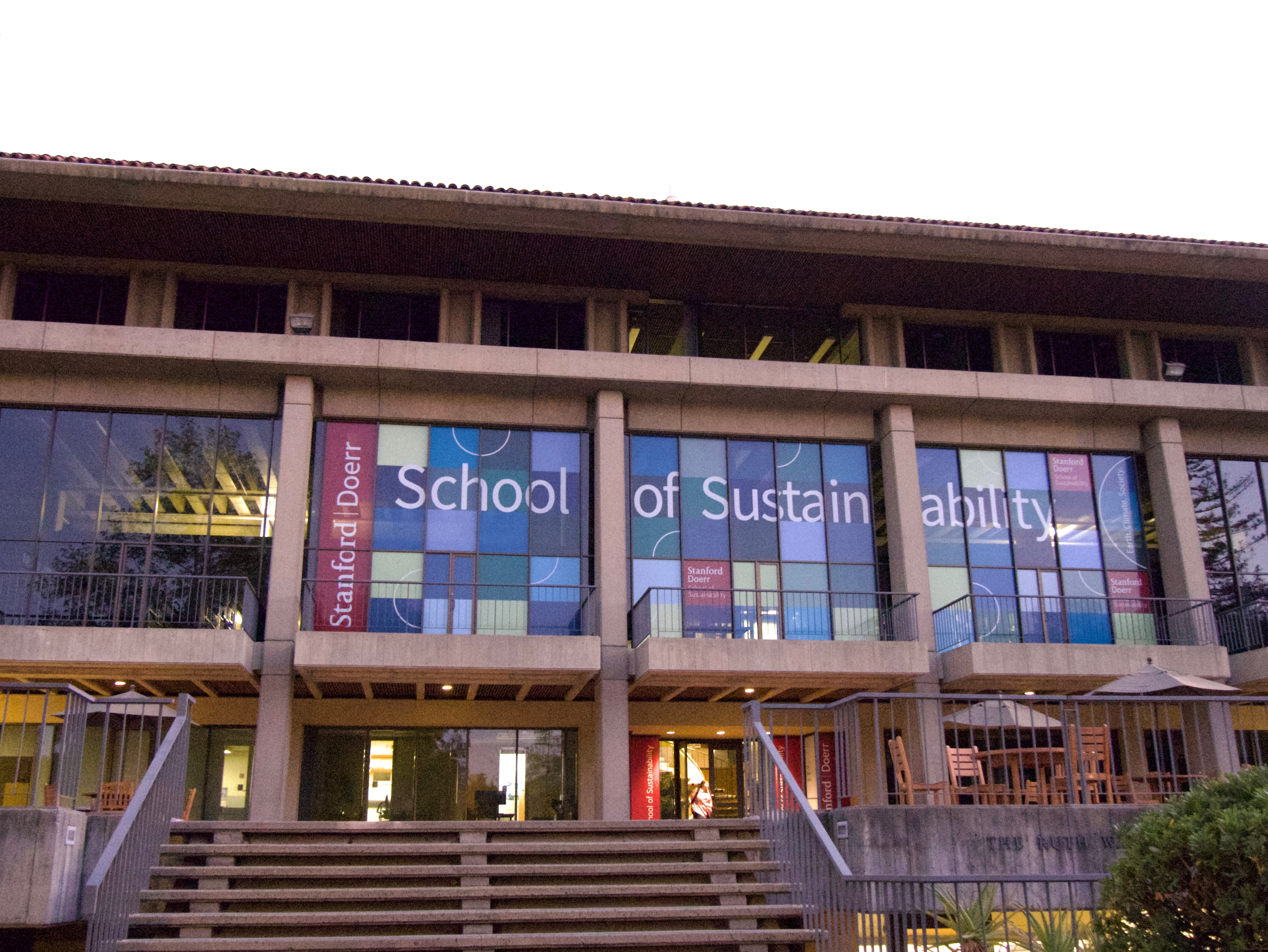Wildlife experts shared new innovations to increase biodiversity and tackle the effects of environmental change at a July panel hosted by Stanford Alumni in Sustainability.
The endangered species panel was moderated by Tamaki Bieri Ph.D. ’15 and featured research presentations from wildlife experts Anna Haw Ph.D. ’16 MBA ’18, Jordana Meyer Ph.D. ’22 and Simon Morgan Ph.D. ’10. The panel’s central theme was the conservation of endangered species across the African continent, featuring presentations that delved into rhino conservation, environmental DNA and voluntary biodiversity credits. The research seeks to increase biodiversity and ultimately combat the effects of environmental change.
Rhino conservation
Rhino conservation is vital, as there are only five remaining rhino species — all on the verge of extinction. Haw, who is a wildlife veterinarian, described “Operation Rhino,” an effort carried out in South Africa, as “one of Africa’s greatest conservation stories.” Operation Rhino led to the southern white rhino population growing from near extinction in 1894 to over 20,000 in 2010, in Africa’s first proclaimed reserve.
The fenced zone unfortunately made rhinos vulnerable to disease, and any outbreak held the potential to wipe out the entire population, Haw said. “It was then decided by the park board that they needed to transfer these animals to former rangers [throughout South Africa] so that they could establish other breeding herds and, in that way, save the species.”
But Haw said the expanded market for rhino horns led to an exponential rise in rhino poaching, leaving populations once more at a critical point of decline. According to Haw, the decrease in population “was partly sparked by increased demand for rhino horn or very much by that within the rising middle class.” Eastern rhino horn is associated with medicinal characteristics and a status symbol, Haw said.
Alongside preventing rhino poaching, Haw is working on the Herding 4 Health program with Peace Parks Foundation to encourage farmers “to farm with, rather than against, nature.”
“One of our top farmers in these communal lands famously said, ‘Help us protect our cattle and we will help you protect your rhino,'” Haw said. “Communities living alongside wildlife could be our greatest untapped resource when it comes to wildlife conservation in Africa.”
Environmental DNA
Meyer, who is the founder of the consultancy Webs of Nature, shared her work measuring ecosystem recovery using environmental DNA. By determining species across all kingdoms in a water, soil or air sample, “we can identify the biodiversity on a global scale,” Meyer said.
“We are now able to pick up and identify very degraded small fragments of DNA,” Meyer said. “It is changing how we measure biodiversity.”
Webs of Nature helps organizations across Africa measure their ecosystem’s health with a broader lens: species interactions instead of an individual species’s growth. Species interactions are “the true architecture of biodiversity and the foundation of a healthy ecosystem,” Meyer said.
Voluntary biodiversity credits
Morgan, who is the chief biodiversity officer and co-founder of ValueNature, shared research on voluntary biodiversity credits. Voluntary biodiversity credits are a “measured and evidence-based unit of biodiversity gain,” consisting of population and habitat recovery, vegetation and threats decrease to a project site, Morgan said.
ValueNature is a task force member of the Biodiversity Credit Alliance, which was created to ensure biodiversity credits are effectively and accurately defined and categorized. Biodiversity credits are comparable to carbon credits, but there are some key differences between the two.
“One of the distinctive differences between the carbon market and biodiversity is that carbon is represented by a very simple unit, which is tons of carbon per hectare,” whereas biodiversity can be measured and quantified in many different ways, Morgan said.
At ValueNature, the voluntary biodiversity certificate represents a hectare of land protected or restored during a 10-year period with a 30-year permanence term. After every 10 years, a new certificate is issued. The revenue generated from the sale of credits is distributed to secure regional biodiversity.
“We are participants but need to be aware of our roles and ensure that we are collaborative with the system,” Morgan said.
